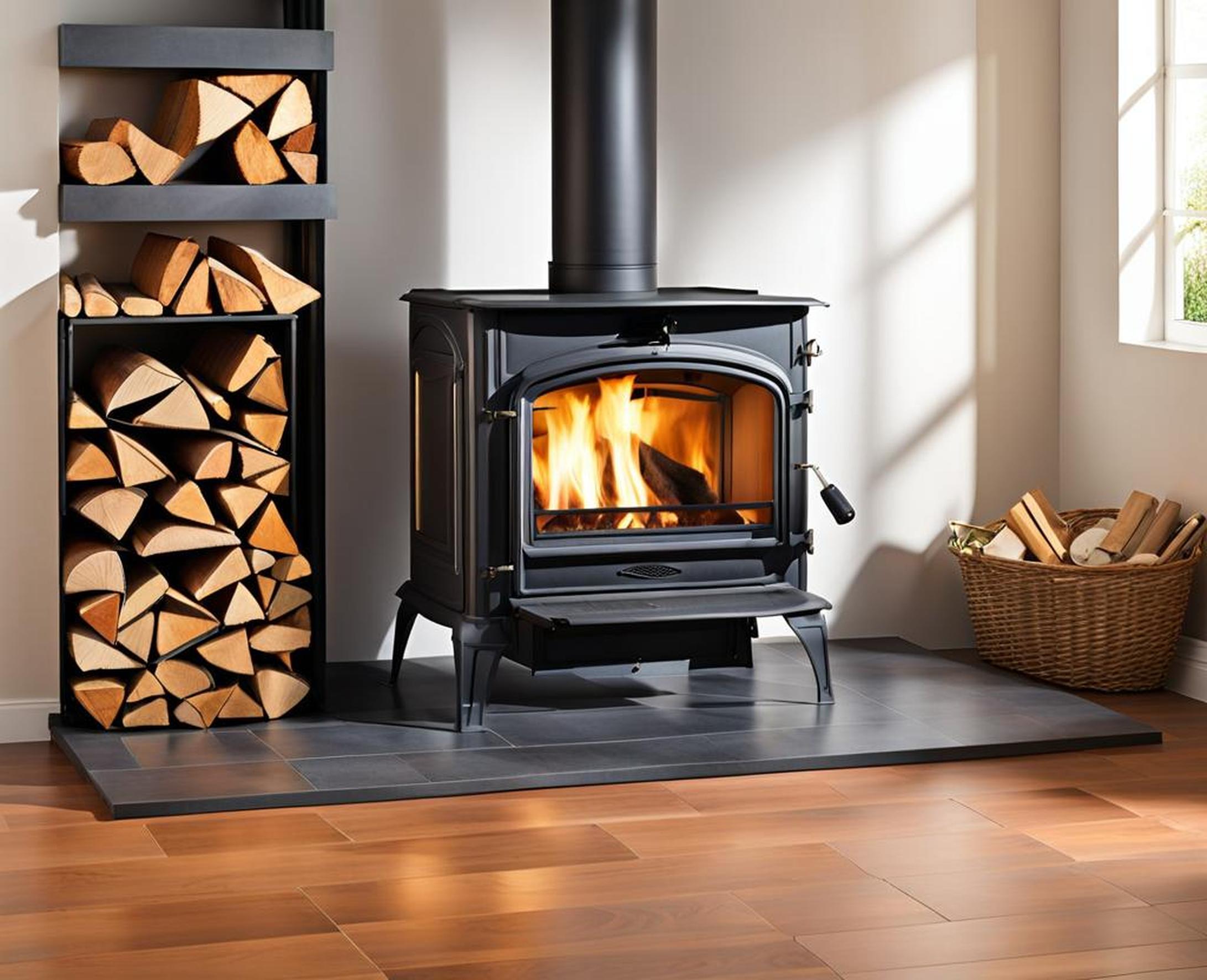Adding a wood stove can be a great way to increase the heating efficiency and coziness of an existing fireplace. With proper planning and care, a fireplace wood stove can provide reliable warmth for years to come.
Choosing the Right Wood Stove
The first step is choosing a wood stove that fits your fireplace dimensions and heating needs. Measure the width, height, and depth of your firebox to determine the maximum size stove it can accommodate. Be sure to account for the necessary clearance between the stove and fireplace–a minimum of 6 inches is usually recommended. Consider efficiency ratings, features, and style as you shop quality wood stove brands.

Fireplace Inspection and Prep
Before installing the stove, inspect the existing fireplace and chimney for any needed repairs. Look for cracked or missing mortar, damaged fire bricks or dampers, and blockages in the flue. The chimney should be professionally cleaned. You may need to extend the hearth or do chimney modifications to fit code requirements.
Permits and Regulations
Most areas require permits for installing solid fuel burning appliances. Research clearance requirements for wood stoves in your region and submit a stove installation permit application to your local building department. Hiring only certified professionals ensures your install meets all safely codes.
Installing the Stove and Liner
Once you have the right wood stove, it’s time to install it. Metal chimney liners approved for wood stoves must be installed. A liner runs from the stove pipe collar all the way to the top chimney termination cap. Use 6 inch minimum diameter, high temperature stainless steel or flexible liners.
Securing the Wood Stove
The wood stove needs to sit securely on the fireplace floor. Use non-combustible epoxy mortar to level and adhere it to the base. The stove legs can be extended or shimmed to adjust fit and maintain proper clearances from walls. Double check side and rear clearances adhere to codes.
Fireplace Surround and Face
The existing fireplace surround will likely need to be adapted for the stovepipe installation. A hole should be neatly cut and fitted with a stove pipe thimble. Combustible mantels require at least 36 inches clearance above the stove. Protect surrounds with heat shields or fireproof facing.
Proper Drafting and Venting
Correct venting and drafting is crucial for wood stove operation. A drafting test can help determine if the chimney has proper updraft. Starting small hot fires and keeping the flue warm prevents backdrafting and promotes draft. Follow guidelines for starting fires and refueling to maintain clean burns.
Creosote and Chimney Care
Burning wood produces creosote, which can coat and clog the chimney over time. Have your chimney swept at least annually. Learn the signs of creosote accumulation and chimney blockages. Chimney fires are a real danger with wood stoves.
Fuel Selection and Storage
For clean and efficient burning, use properly seasoned hardwood. Softwoods and green wood have more moisture and smoke. Store wood off the ground in a covered area. Ideal moisture content is under 20%. Wet wood causes more creosote and poor heating.
Maintaining Your Wood Stove
Annual professional cleanings will keep your wood stove in good shape. Brush and vacuum out ashes regularly. Replace worn gaskets and seals to maintain a tight stove. Touch up paint and repair minor cracks to prevent rust and deterioration. Always inspect for damage before each heating season.
Consider hiring an NFI certified wood stove specialist if you’re uncomfortable with installation or maintenance. They have extensive training and will ensure your stove adheres to all codes and specifications. Be sure to verify credentials, insurance, and licenses.
